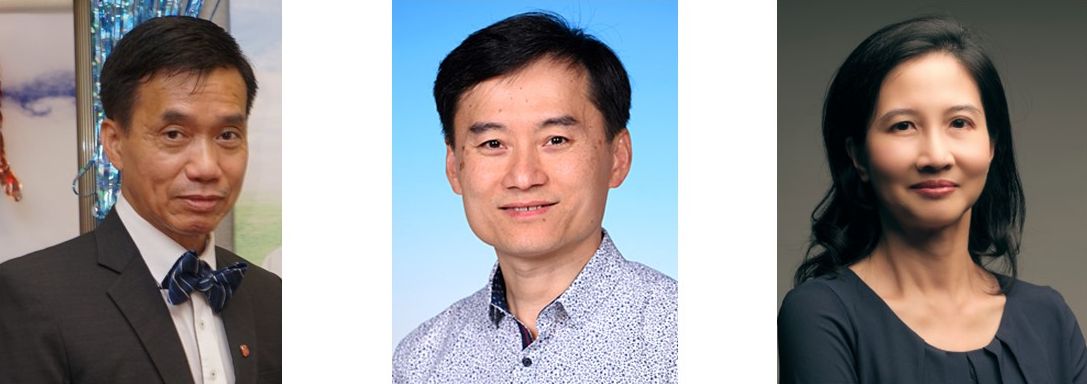Researchers at The Hong Kong University of Science and Technology (HKUST) have developed an AI-based guidewire recognition and counting technology to reduce the risk of guidewire retention in patient's body after a clinical procedure known as insertion of central venous catheter (CVC).
The team, led by Prof. Gary CHAN Shueng-Han from HKUST's Department of Computer Science and Engineering, has designed the AI software technology and clinically deployed it in Tseung Kwan O Hospital (TKOH) on nineteen cases since November 2021. The system, which accurately and promptly recognizes all the used guidewires removed from patient's bodies without missing a single case, is proven to be highly reliable in enhancing patient safety.
A guidewire is a thin wire commonly used in procedures (by Seldinger technique) to guide the placement of a catheter into a central vein to administer fluids or medication, or to monitor haemodynamic status. Currently, medical workers have to ascertain all used guidewires have been removed from the patient's body by manual counting before concluding the medical procedure.
To enhance patient and surgical safety, Prof. Chan's team developed a novel "AI checker" based on computer vision to verify medical staff's count of guidewires. The system first indicates the number of guidewires for a medical staff to confirm. Then, the medical staff, after identifying the guidewires, will take and upload a photo containing the guidewire(s) amidst other entangled medical instruments with a smart phone or tablet. The AI image-based system, designed with object recognition and data augmentation techniques, will then accurately detects guidewires and cross-checks the manual count in real time.
Prof. Chan said, "As compared with human, our AI checker does not get tired or distracted, maintaining its highest accuracy and efficiency over time in confirming the count by medical staff. We are pleased that our translational research on computer vision has been deployed as a clinical practice to reduce the risk of human errors. Looking ahead, we would like to extend the technology from guidewires to other medical instruments so as to guard against foreign body retention inside a patient's body."
Dr. CHENG Hung-kai, Consultant, Department of Anaesthesia & Operating Theatre Services of Tseung Kwan O Hospital said, "The Seldinger technique is commonly used in the placement of central venous catheters but is associated with unintentional retained guidewire occasionally. Healthcare professionals have strived to prevent its occurrence. Among the various strategies for preventing retained guidewires, implementing a central line checklist is one of the latest and most widely adopted. Tseung Kwan O Hospital had adopted an electronic count sheet to prevent retention of accountable item in the perioperative settings and guidewires, integrating technology-assisted guidewire recognition with the filling of electronic count sheet to further help prevent inadvertent guidewire retention."
Dr. Dione SZETO, Chief of Service, Department of Anaesthesia & Operating Theatre Services and Convenor of Smart Hospital Taskforce, Tseung Kwan O Hospital, said "The Hospital Authority has been promoting smart hospital and TKOH is one of the pilot hospitals. The successful deployment of the AI system is a living demonstration of how smart hospital development can boost operation efficiency, patient safety and quality of service in the hospital."
Besides guidewire recognition and counting, Prof. Chan is also working on efficiently tracking dementia patients and assets (such as beds and infusion pumps), as other applications for the location sensing technologies that he has been actively researching on.







